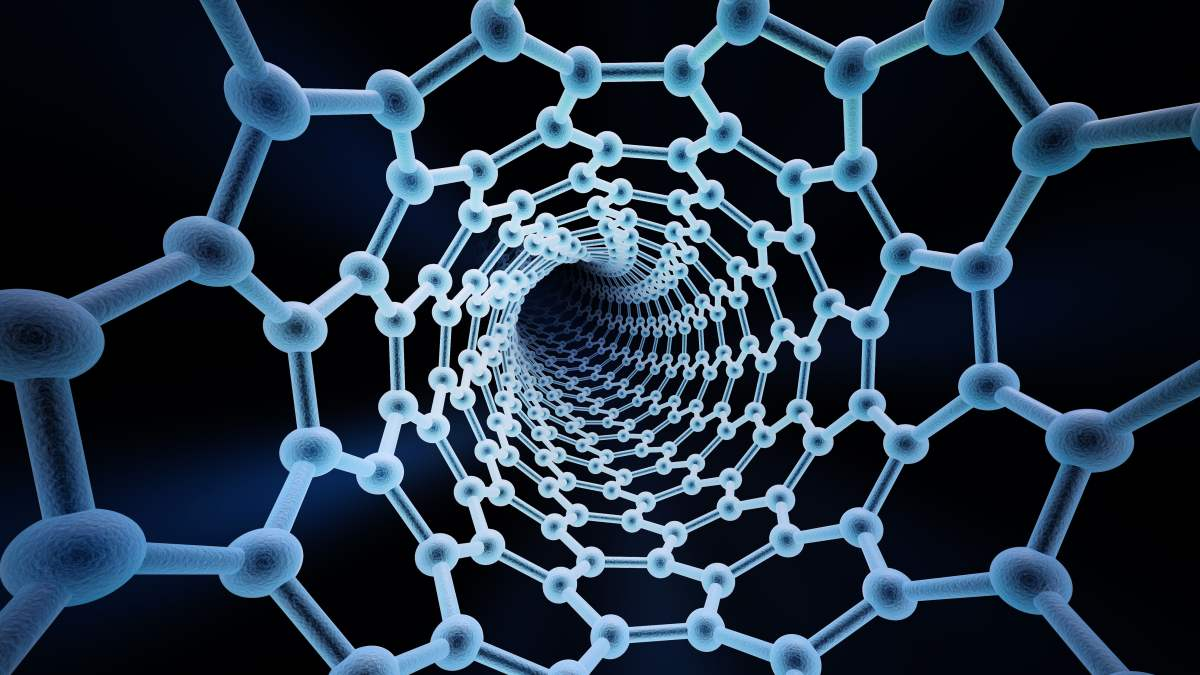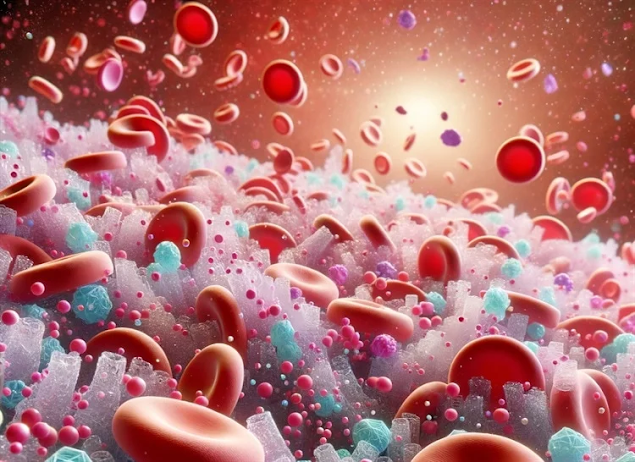Krypton panopticon: trapped atoms form one-dimensional gas

Scientists looking for a new way to observe atoms have turned to the inert noble gas, krypton. Chemists were able to imprison krypton atoms inside a carbon nanotube, forcing the atoms to form a one-dimensional gas, so that they can film them with electron microscopes. Why create this krypton panopticon? Because it’s very difficult to see atoms – and, therefore, to study them. In gases, atoms zip around at speeds of 400 metres per second, making them tricky to nail down. Plus, at a few tenths of a nanometre in size, atoms are much smaller than wavelengths of light, making traditional microscopy useless for examining them. Researchers need instead to use electron microscopes, which use beams of electrons instead of light. “As far as we know, this is the first time that chains of noble gas atoms have been imaged directly, leading to the creation of a one-dimensional gas in a solid material,” says krypton captor Professor Paul Brown, director of the Nanoscale and Microscale Research...










